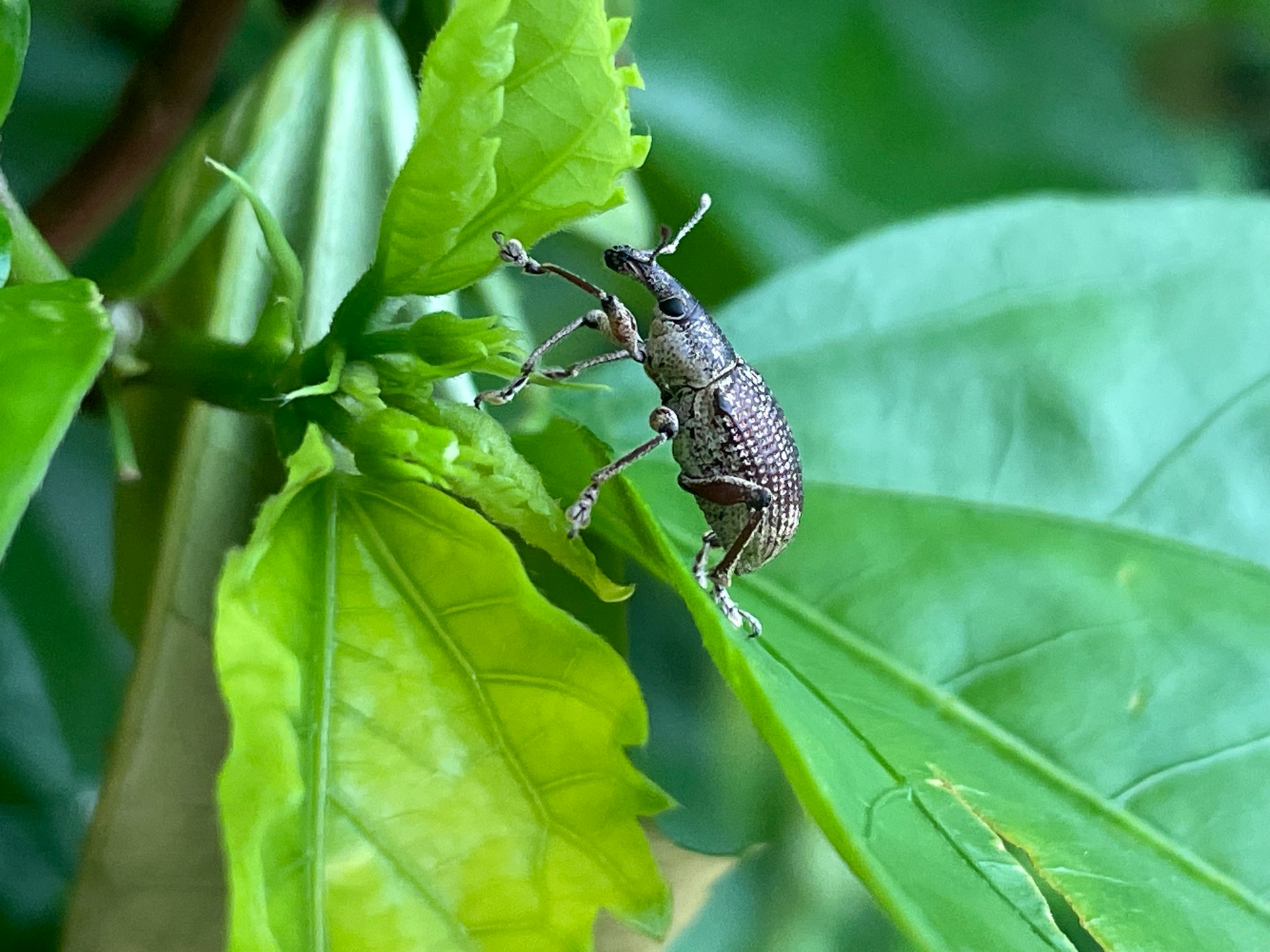You’ve been doing everything right. You’ve given your plant the perfect amount of light and mastered your watering routine. But one day, you look closer and notice something unsettling: tiny bugs crawling on the leaves, or strange, sticky spots that weren’t there before.
Don’t panic! Dealing with pests is a normal part of being a plant parent. Almost everyone encounters them at some point. The key is to identify them early and act quickly before the problem gets out of hand. Most common houseplant pests can be managed easily with simple, non-toxic solutions.
Here is a guide to some of the most common pests and how to gently show them the door.
1. Spider Mites
These are one of the most common and frustrating pests. Spider mites are incredibly tiny (like moving dots of dust) and can be red, brown, or yellow. They suck the sap from leaves, causing tiny yellow or white speckles.
- How to Spot Them: The biggest giveaway is fine, delicate webbing on the undersides of leaves and where the leaf meets the stem.
- How to Treat Them: Spider mites hate humidity. First, take your plant to the sink or shower and give it a good rinse to physically knock them off. Then, you can treat the plant by wiping the leaves with a solution of water and a few drops of mild dish soap. Consistently misting your plant can also help keep them away.
2. Mealybugs
Mealybugs are easier to spot. They look like tiny, white, fuzzy or cottony spots, usually clustered in the nooks and crannies of your plant—like where the leaves join the stem or on the undersides of leaves. They also feed on plant sap, which can stunt growth.
- How to Spot Them: Look for the distinct white, cotton-like masses. They also leave behind a sticky, sweet substance called “honeydew,” which can attract other problems like mold.
- How to Treat Them: For a small infestation, dip a cotton swab in rubbing alcohol (isopropyl alcohol) and touch it directly to each mealybug. The alcohol dissolves their protective waxy coating. For larger outbreaks, a soapy water spray can be effective.
3. Fungus Gnats
If you see small, black flies that look like fruit flies buzzing around your plants and soil, you likely have fungus gnats. While the adult gnats are mostly just annoying, their larvae, which live in the top layer of soil, can feed on plant roots and cause damage, especially to young plants.
- How to Spot Them: You’ll see the adult flies flying around your plants, especially when you move the pot or water the soil.
- Why They Appear: Fungus gnats thrive in consistently moist soil. Their presence is almost always a sign that you are overwatering.
- How to Treat Them: The best way to get rid of them is to let the top two inches of your soil dry out completely between waterings. This kills the larvae. You can also use yellow sticky traps (available at garden centers) to catch the flying adults and break the life cycle.
4. Aphids (Pulgões)
Aphids are small, pear-shaped insects that can be green, black, yellow, or pink. They typically cluster on new, tender growth and the undersides of leaves, sucking the sap and causing new leaves to look distorted or yellow.
- How to Spot Them: You’ll see clusters of these tiny insects on new stems and leaves. Like mealybugs, they also produce sticky honeydew.
- How to Treat Them: Aphids are soft-bodied and easy to manage. A strong spray of water from a hose or showerhead can dislodge most of them. For any that remain, a simple spray of soapy water is very effective.
The Golden Rule: Isolate and Inspect
Whenever you bring a new plant home, keep it separate from your other plants for a couple of weeks. This “quarantine” period allows you to inspect it carefully for any hidden pests before they have a chance to spread to your entire collection.
Dealing with pests can be discouraging, but with a little vigilance and these simple treatments, you can keep your green friends healthy and thriving.

